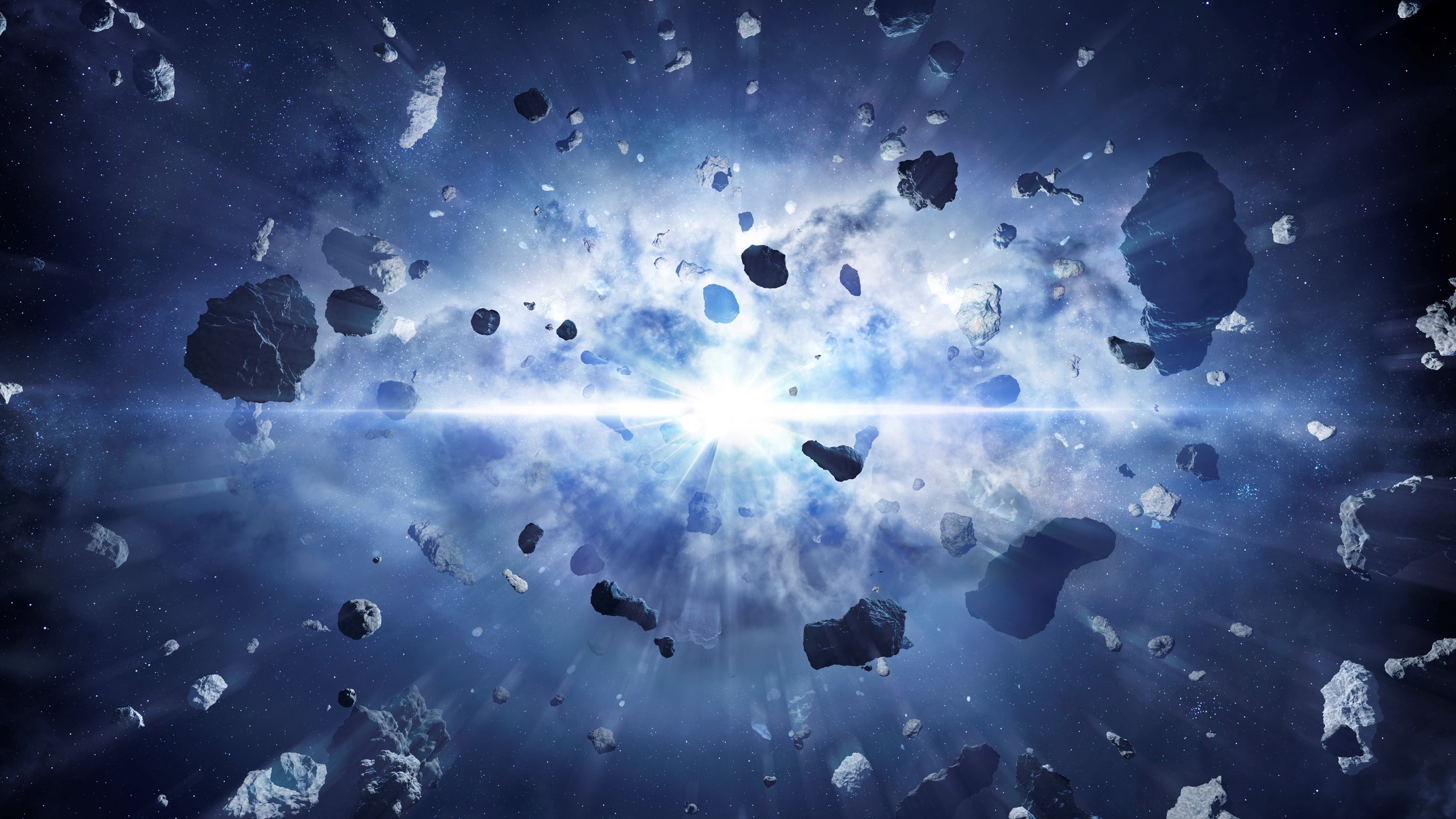
Date: October 22, 2025
Abstract
The Pre-Causal Genesis Theory describes the origin of the universe from a pre-causal vacuum — a state of absolute symmetry with no spacetime, mass, energy, or causality. This vacuum, denoted \( \mathcal{V}_0 \), is a topologically featureless substrate where all configurations are indistinguishable.
A spontaneous quantum fluctuation breaks this symmetry, creating the first distinguishable configuration. This event carries algorithmic information, which triggers a physical cascade: zero-point energy emerges via pre-geometric vacuum polarization, mass arises through dynamical symmetry restoration, and spacetime condenses from topological growth and entanglement.
The speed of light \( c \), Planck’s constant \( \hbar \), and causality itself are emergent properties of this transition. The theory provides a fully naturalistic, self-contained mechanism for the origin of physical law.
1. The Pre-Causal Vacuum \( \mathcal{V}_0 \)
The universe begins not in a singularity or quantum field vacuum, but in the Pre-Causal Vacuum \( \mathcal{V}_0 \), defined by:
- No spacetime: No manifold, no metric, no coordinates.
- No distinguishable states: All configurations are globally equivalent.
- No energy or mass: Kinematics and thermodynamics are undefined.
- Maximal symmetry: Invariant under all conceivable transformations.
Mathematically, \( \mathcal{V}_0 \) is a symmetry-protected fixed point in a pre-geometric configuration space \( \mathcal{C} \):
All field configurations are degenerate. This is a pre-vacuum — latent structure without form.
2. Spontaneous Fluctuation: The First Distinction
Perfect symmetry is unstable to quantum fluctuations. The amplitude for a deviation \( \delta\phi \) from \( \mathcal{V}_0 \) is:
A localized fluctuation \( \delta\phi(x_0) \neq 0 \) occurs at a pre-geometric locus \( x_0 \). This is the first distinguishable event.
This fluctuation creates a binary distinction: “here” versus “elsewhere.” This distinction carries algorithmic information via Kolmogorov complexity:
3. Energy from Information
The fluctuation deforms the substrate, inducing pre-geometric vacuum polarization. This generates zero-point energy density:
An effective energy scale emerges:
with \( \hbar_{\text{eff}} \sim I_1 \cdot \ell_P^2 / t_P \). This is the first energy in the universe.
4. Mass from Symmetry Restoration
The surrounding vacuum resists the fluctuation. This resistance acts as inertial stiffness. An effective potential governs the order parameter:
The system rolls to a new vacuum:
Coupled fields acquire mass:
This is the origin of mass.
5. Spacetime from Topology and Entanglement
The fluctuation spreads, forming a growing cluster. Using causal set theory, volume emerges:
Distance arises from entanglement entropy:
A Lorentzian metric condenses:
6. The Speed of Light \( c \)
In \( \mathcal{V}_0 \), velocity is undefined. After metric emergence, massless modes propagate at:
Pre-causal connectivity is acausal — not superluminal.
7. Diagram of Emergence
Pre-Causal Vacuum 𝒱₀
(Perfect symmetry, I = 0)
│
│ (Quantum fluctuation)
▼
First Distinction
│
▼
Information I₁ ≥ 1 bit
│
▼
Zero-Point Energy E₁
│
▼
Effective Mass m
│
▼
Topological Volume
│
▼
Metric g_{μν}, c
│
▼
Spacetime Curvature
│
▼
Causality and Time
8. The Big Bang
The fluctuation is the true Big Bang — the birth of space. Its growth drives exponential expansion. The CMB is transition radiation from pre-causal modes.
9. Testable Predictions
- Scale-invariant CMB non-Gaussianity
- Planck-scale photon dispersion
- Deviations from GR in extreme regimes
- Excess black hole entropy
10. Conclusion
The Pre-Causal Genesis Theory explains the origin of mass, spacetime, and causality from a spontaneous fluctuation in a symmetric pre-vacuum. It is a naturalistic, information-based cosmology grounded in quantum and geometric principles.
References
- Hartle, J. B., & Hawking, S. W. (1983). Phys. Rev. D, 28, 2960.
- Cao, C., et al. (2017). Phys. Rev. D, 95, 026001.
- Chaitin, G. J. (1966). J. ACM, 13(4), 547.
- Bombelli, L., et al. (1986). Phys. Rev. Lett., 59, 521.
- Jacobson, T. (1995). Phys. Rev. Lett., 75, 1260.
